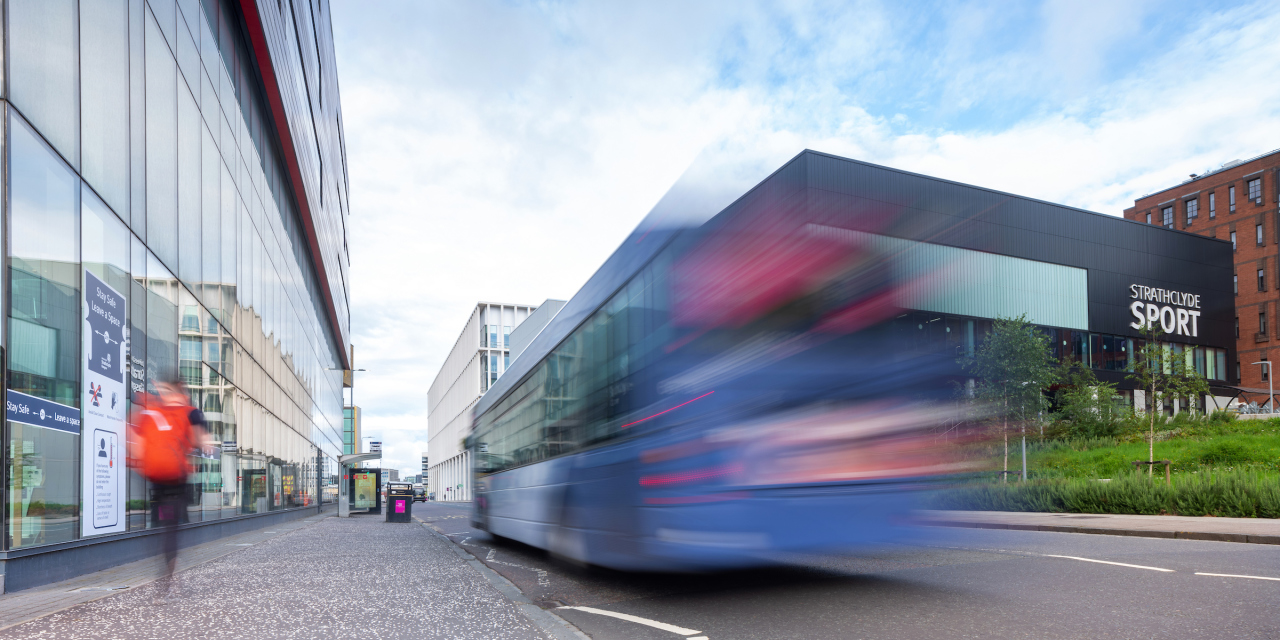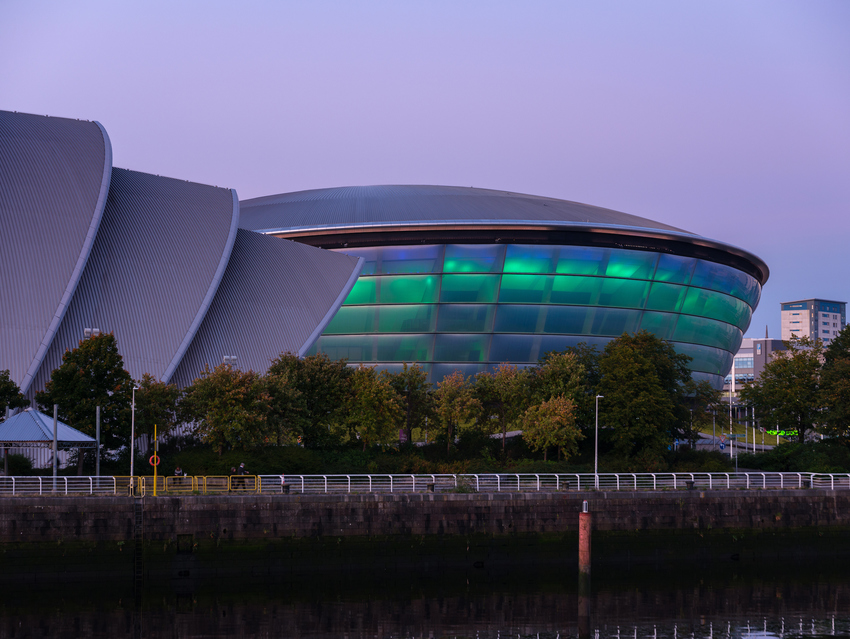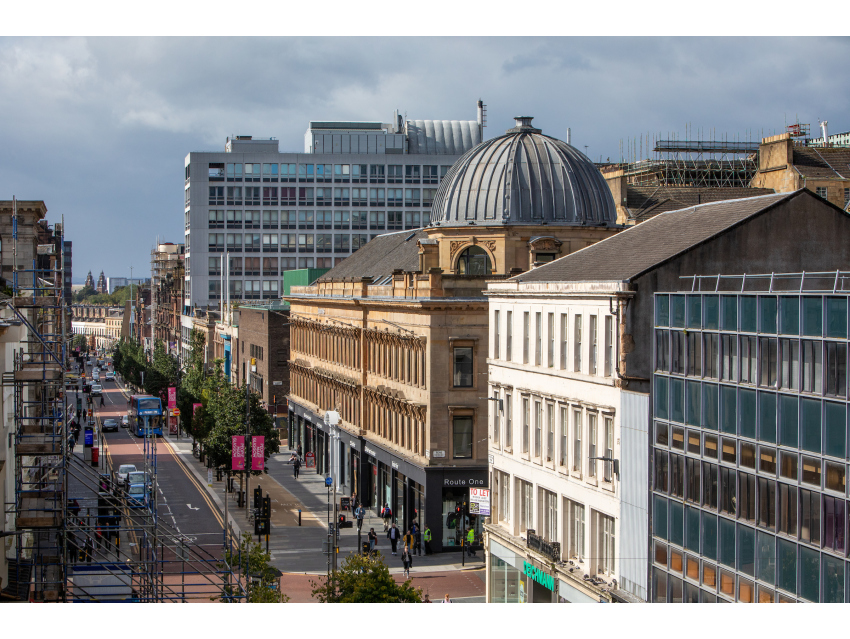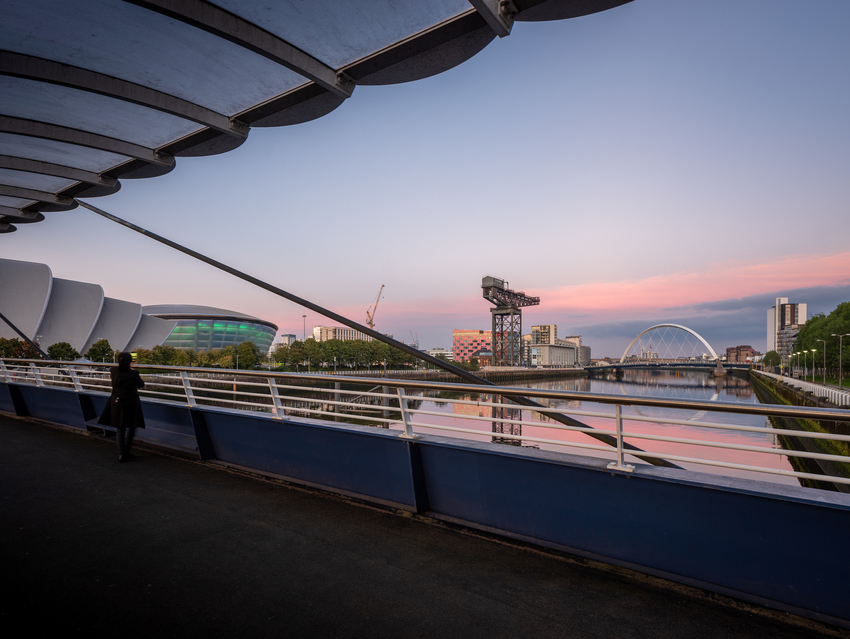Final Phase of Glasgow Transport Strategy Approved
8th Feb 2024

Glasgow's plans for a reshaped transport network that tackles carbon emissions and inequalities can now be prepared for delivery after a crucial element of the city's transport strategy was approved by the council's City Administration Committee.
The Glasgow Transport Strategy is set to play a central role in the fight against climate change but also seeks to support economic success, create thriving, liveable neighbourhoods and grapple with poverty.
Over 100 policies have been laid out within the strategy, which sets an overall target of reducing vehicle kilometres travelled in Glasgow by 30% by 2030 ahead of the national target of reducing kilometres travelled by 20% by 2030. According to Department of Transport figures, 2.17billion vehicle kilometres were travelled in Glasgow in 2022 - the largest distance for any local authority area in Scotland.
With the final phase of the transport strategy, the Spatial Delivery Framework, agreed by councillors, Glasgow is now in position to take key decisions that will influence travel behaviour and encourage a shift to more sustainable forms of transport, such as buses, trains and active travel.
The Spatial Delivery Framework will help to identify the best use of limited space within Glasgow when locating key infrastructure such as bus priority corridors, new park and ride stations and mobility hubs where different forms of transport can link together. The Spatial Delivery Framework follows the principles of the national transport hierarchy and will inform decisions on how finite roads space can be best allocated to ensure travel is as safe and efficient as possible for all modes of transport. Ensuring plans for the Clyde Metro are fully aligned with other transport initiatives in Glasgow will also be guided by the framework.
Councillor Angus Millar, City Convenor for Transport, believes there is now a clear path towards a modern transport system that is cleaner and fairer for all Glasgow residents.
Councillor Millar said: "I am delighted to have concluded the development of a new transport strategy for Glasgow. This has been a huge undertaking that has generated over one hundred policy objectives that will ultimately transform transport and travel in the city.
"At the core of our plans is a recognition that we must reduce how much we rely on private vehicles for transport. There are far more sustainable and equitable modes of transport than the car and we must make space for alternative, more efficient ways of getting about Glasgow.
"In a city where almost half the households do not have access to a car, there is a basic fairness in reshaping our transport network in support of the other types of transport that people rely upon. It is also essential we do everything we can to limit the transport-related carbon emissions that contribute to climate change.
"The Spatial Delivery Framework is a technical piece of work, but it is vital to how we deliver our vision for Glasgow. At the ground level, the framework will inform decisions on how space is allocated for the different modes of transport that use the city's network.
"But the framework will also guide the implementation of fundamentally important initiatives such as bus priority corridors, new park and ride stations and mobility hubs. These are the kind of interventions that makes the bus a more attractive option and encourage drivers to leave their vehicles behind because the network supports integrated travel choices."
The development of the framework has already helped to identify 16 potential bus priority corridors throughout the city where a range of measures can improve bus journey times and reliability of service. Possible, additional routes for the bus network have also been identified which could make a dramatic difference to bus provision in the city and work is underway with bus operators on how this potential can be fulfilled. Orbital routes in Glasgow's East End, a route between Glasgow South, Paisley and Glasgow Airport and an orbital route between Partick and Springburn are being considered.
In addition to the nine park and ride stations already in Glasgow, the framework has highlighted seven further possible areas close to the city boundary that could be suitable for park and ride provision. Areas for a possible mobility hubs, where multiple modes of transport could intersect, have also been mapped out.
Other transport improvements or interventions being considered through the spatial development framework include the City Network for Active Travel, the Liveable Neighbourhoods programme, freight hubs, EV charging stations, parking zones and prioritising local access where road space is constrained.
All projects highlighted within the Spatial Development Framework of the Glasgow Transport Strategy will be subject to detailed planning and work to secure funding. Work is on-going with the council's transport partners on how the aims of the Glasgow Transport Strategy can be delivered.


